About Business Process Management
BPM (Business Process Management) is a set of related activities, such as process modeling and design, process execution, process monitoring, and process optimization. This Refcard provides an overview of the BPM lifecycle together with the roles and results of business process modeling. It gives an overview of the BPMN (Business Process Modeling Notation) and presents the most important BPM patterns.
BPM: Business Process Lifecycle
A business process lifecycle covers the following phases (Figure 1):
- Process modeling - definition of the process models using the selected methodology and notation (such as BPMN).
- Process implementation – implementation of end-to-end IT support for the process. SOA provides technologies and tools to make the implementation phase quick and efficient.
- Process execution and monitoring – execution of the process and monitoring of the process to gather the Key Performance Indicators (KPI).
- Process simulation – simulated execution of the process with the objective gathering KPIs and identifying optimization points.
- Process optimization – improving the process efficiency, effectiveness, agility, flexibility, and transparence.
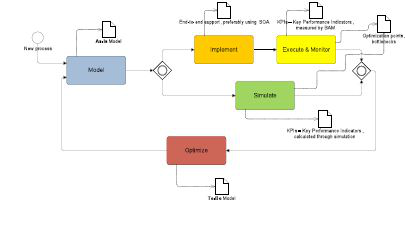
Figure 1: BPM process lifecycle


BPM: Modeling
Why do we Model Business Processes?
| Design new business processes | Focus on business goals, KPIs, customer needs, and business partner expectations. |
| Model existing business processes | Assure the right flow of activities. Identify normal flows and possible exceptional flows. Identify inputs and outputs of activities. Identify key documents and sources. Identify business rules. |
| Restructure existing business processes | Focus on the activities and their added value. Focus on lines of business and their relations. Model responsibilities and roles. |
| Development of endto-end IT support for business processes | Detailed modeling of process flow. Detailed modeling of data, documents, business objects, and interfaces. Detailed exception handling. |
Who should take part in process modeling?
The team should include different profiles and encourage looking at the process from different angles. This is particularly important for optimizations. Four to six people is usually an optimal team size. The following table lists the various profiles that should comprise the team:
| Role | Responsibility |
| Line of Business Expert | Good, in-depth knowledge of the process. |
| Process Owner | Responsible for |
| Moderator | Responsible for the meeting, for asking questions for leading the discussion into the right direction. |
| Modeling Expert | Responsible for design the process model (during and after the meeting). |
| QA Owner | Responsible for the alignment of processes in aspect of total quality management. |
How do we model?
| Approach | Problems | |
| Top-down | We start with the process architecture. First we identify the major process activities and their flow. Then we model each activity into more detail. |
|
| Bottom-up | We start with the identification of activities. We model sub processes and business transactions and merge them into processes. |
|
| Inside-out | We start with core processes. We expand them with adding support processes around core processes. |
|

| As-Is model | We model the process as it is currently executed. Knowing the current as-is state is necessary for any future optimizations. We need to clarify whether we will model the process as it should be performed, or as it is performed in reality. Often there are significant differences between the two. When we model the as-is process we should not make on-the-fly modifications - not even those which seem obvious. We should however make notes of all possible modifications for the to-be process model. |
| To-Be model | We model the optimized model, where we should consider:
|
How to approach designing a process model:
We should model the process to understand the detailed structure of it. We should identify at least the following:
- Process activities, on various levels of details (depending on the selected approach)
- Roles responsible for carrying-out the process activities
- Events, which trigger the process execution and events that interrupt the process flow
- Input and output documents exchanged within the process
- Business rules that are part of the process
Below is the most conventional approach for designing a process model, in order of occurrence:
- Identify the roles
- Identify the activities
- Connect the activities with roles
- Define the order of activities
- Add events
- Add documents
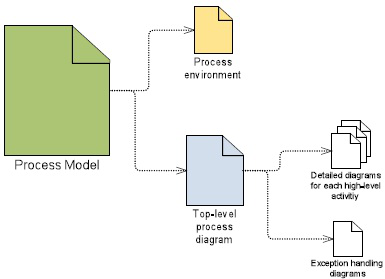
Figure 2: Process model for each individual process
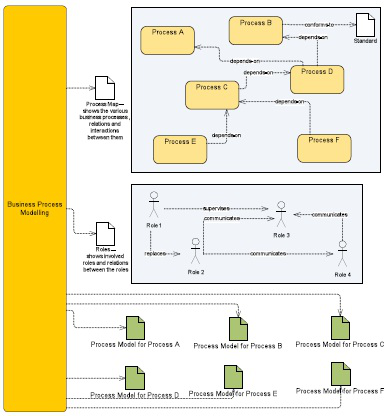
Figure 3: Results of Business Process Modeling

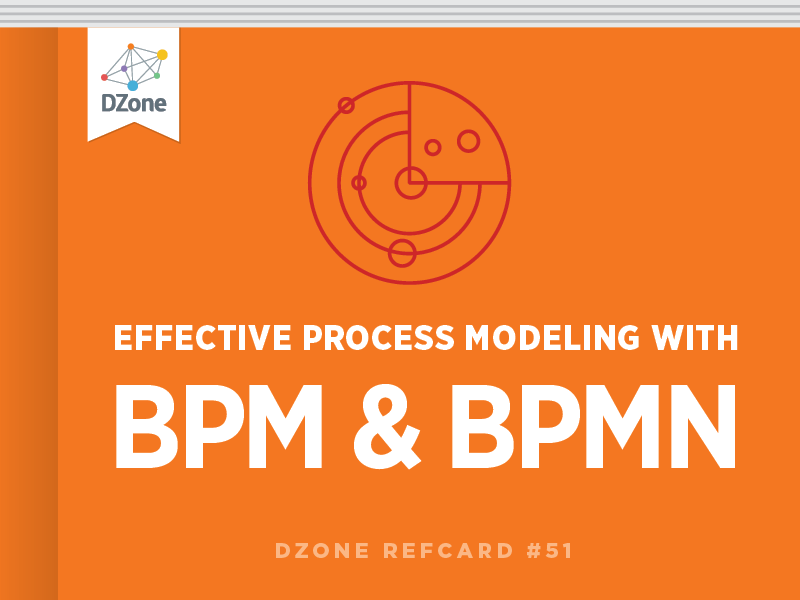
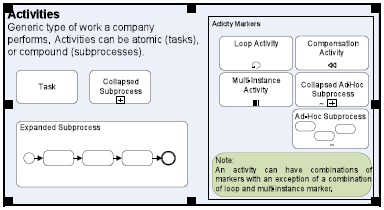
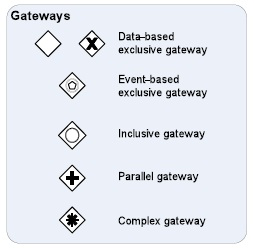
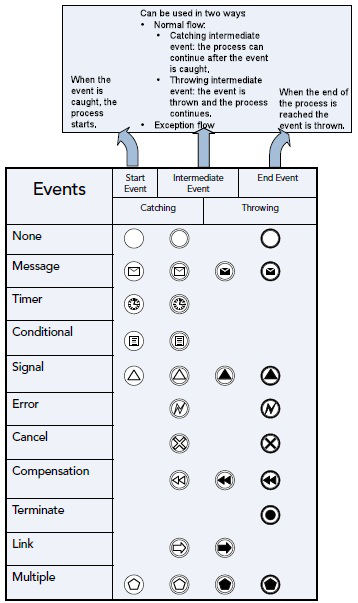

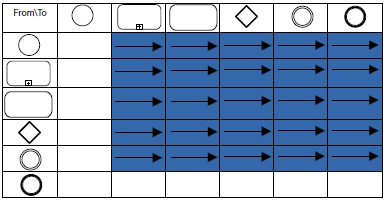

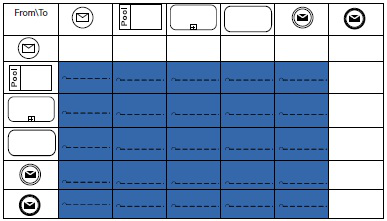



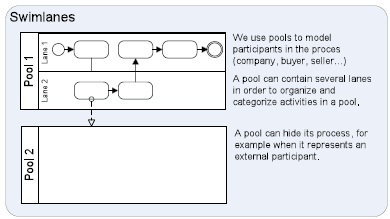
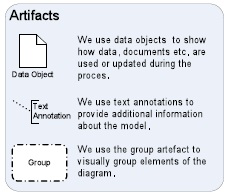
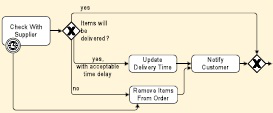














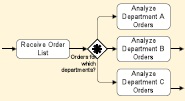









{{ parent.title || parent.header.title}}
{{ parent.tldr }}
{{ parent.linkDescription }}
{{ parent.urlSource.name }}